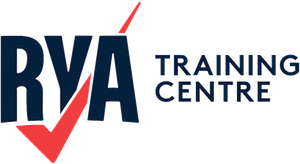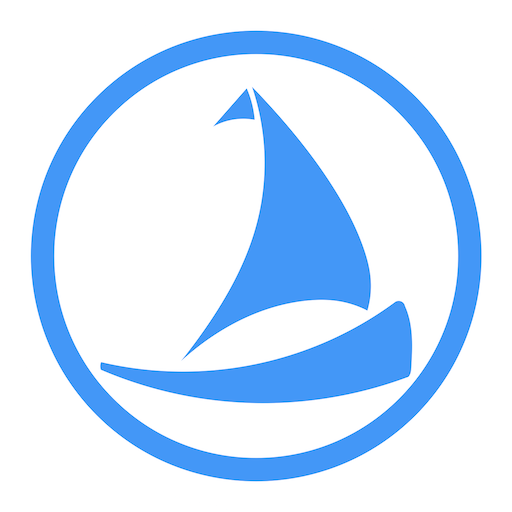North Atlantic Treaty Organization (NATO)
An intergovernmental military alliance established in 1949 aimed to ensure the collective defence of its member state through political and military means.
NATO was founded in the aftermath of World War II, with the North Atlantic Treaty (also known as the Washington Treaty) signed on April 4, 1949. Its primary purpose was to create a system of collective defence where an armed attack against one or more of its members would be considered an attack against them all. This principle is enshrined in Article 5 of the treaty, which has only been invoked once, following the September 11, 2001, terrorist attacks in the United States.
The organisation originally consisted of 12 founding members: Belgium, Canada, Denmark, France, Iceland, Italy, Luxembourg, the Netherlands, Norway, Portugal, the United Kingdom, and the United States. Over time, NATO has expanded to include 31 member countries, with Finland’s most recent addition in 2023. The alliance has also developed partnerships with non-member countries and international organisations, such as the European Union, to promote security and stability beyond its borders.
NATO operates on the principle of consensus, meaning that decisions are made collectively and require the agreement of all member states. The organisation, which is headquartered in Brussels, Belgium, coordinates its military operations through a structure that includes the North Atlantic Council (NAC), the Military Committee, and various strategic commands.
NATO’s role has evolved significantly since its inception. During the Cold War, it focused on deterring Soviet aggression in Europe. After the dissolution of the Soviet Union, NATO’s mission expanded to include crisis management, cooperative security, and counterterrorism. The alliance has been involved in various military operations, including peacekeeping missions in the Balkans, counter-piracy efforts off the coast of Somalia, and air campaigns in Libya.
In addition to its military activities, NATO engages in political dialogue and cooperation with partner countries through programs such as the Partnership for Peace (PfP) and the Mediterranean Dialogue. These initiatives aim to build trust, enhance interoperability, and promote democratic values.
NATO’s continued relevance in the 21st century is often debated, particularly in light of emerging security challenges such as cyber threats, terrorism, and China’s rise. However, the alliance remains a cornerstone of transatlantic security, providing a platform for collective defense and cooperation among its members.


